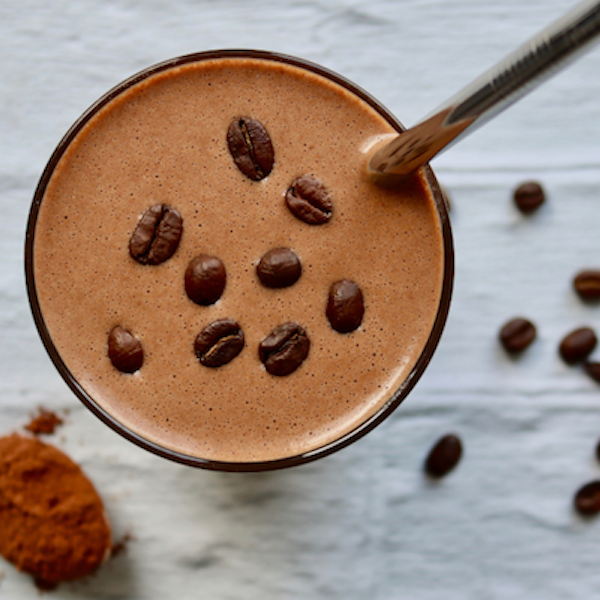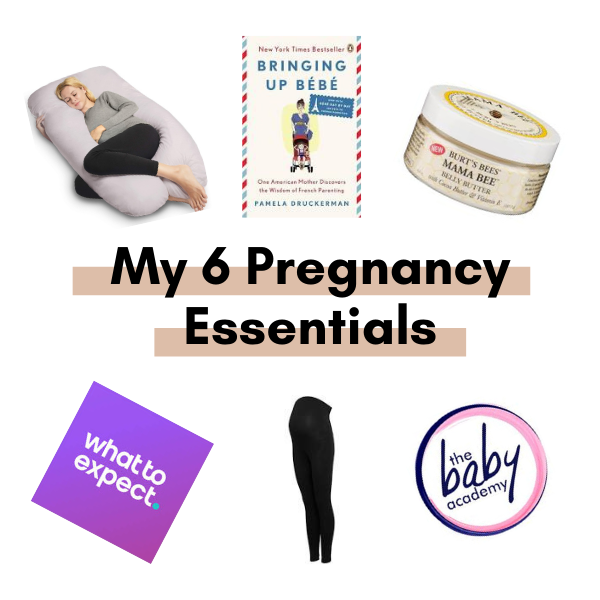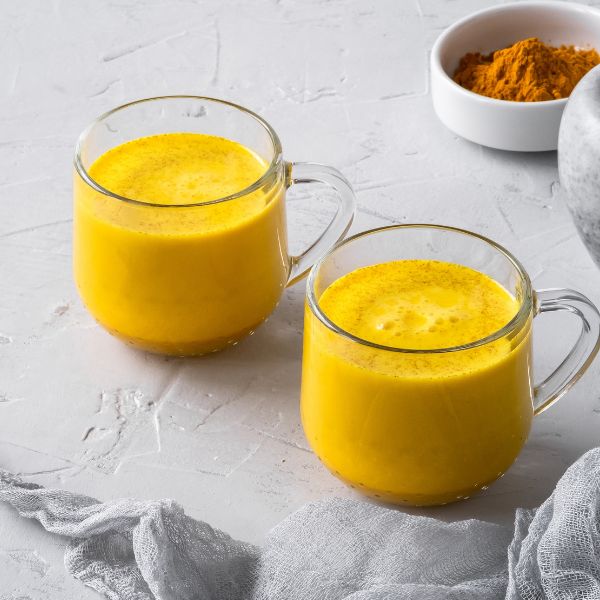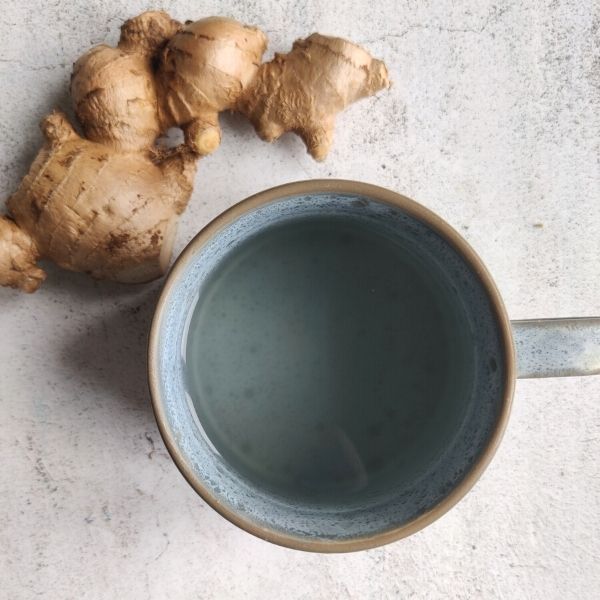
“Abhyanga should be resorted to daily. It wards off old age, exertion, and aggravation of vata.” Ashtanga Hrdayam: Sutrasthana: II: 8-9
What is Abhyanga?
Ayurvedic self-massage, known as abhyanga, is one of the ultimate self-care rituals to include in your daily routine. The process involves covering your entire body with an oil that’s right for you (more on that later…) and gently massaging it in a certain way (more on that later too…).
It’s no coincidence that the word for oil is the same word for love in Sanskrit – sneha. The act of applying oil to the body is seen as an act of self love in Ayurveda! It’s actually like having a little mini spa treatment in your home each day for minimal cost and low effort, win win!
Abhyanga (pronounced ab-he-yan-ga) can take anywhere from 5-20 minutes depending on how much time you have. It’s traditionally part of the morning routine in Ayurveda, but it can be flexible to suit your schedule. If you are like me, it might work better for you in the evening. I do it after my evening shower and get into a pair of comfy PJs and get cosy for the night!
So why practice abhyanga? Abhyanga hosts a number of benefits. It’s not comparable to simply applying some lotion to your body, even though it doesn’t take much more time. Let’s take a look at some of the key reasons you should consider adding abhyanga into your daily (or even weekly) routine.
The Benefits of Abhyanga
Calms Your Nerves
Unlike your regular body lotion lotion, oil is considered ‘food’ for your nervous system in Ayurveda. Why? The qualities (gunas) of most oils are heavy, warming and grounding. Oil is nourishing and provides a sense of stability and comfort. If you tend to feel anxious, have difficulty sleeping, feel overwhelmed or scattered, you may benefit from adding abhyanga into your routine. In Ayurveda, these are signs of a Vata imbalance, and oil massage is key for all Vatas.
Deep Sleep
Improved sleep patterns are often a pleasant side-effect of abhyanga. Not only does it reinforce a sense of routine, but many oils are deeply nourishing and calming. Even if you don’t have the time to do a full massage, just rubbing a little oil on your temples and massaging your feet works too! Perfect for busy mamas that just can’t fit it in each day but still want some quality sleep.
Eases Tension
A soothing abhyanga can help to melt any excess tension and stress away. If you have tense shoulders, a little oil can help loosen them up overtime. While I highly recommend going to get a massage, it’s just not practical or affordable for most to do so on a daily or weekly basis. Get at least some of the benefits yourself at home for little to no cost and then go to your massage therapist without a ball of tension and knots to be untangled each time!
Radiant, Healthy Skin
Your skin is literally your body’s main line of defence from the outside world. It acts as a barrier, among other things, keeping your internal environment safe, clean and at the right temperature. Oils used in Ayurveda (many of which you can easily buy in your health food store or even your supermarket) are natural, toxin free and support your skin’s overall health. As an added bonus, imagine how soft and supple your skin would be after just a few weeks of oil massage? What a great added bonus to look AND feel good as a result!
Longevity
Ayurveda promotes a lifestyle that enhances longevity – not to rush through life as quickly as possible and run yourself into the ground along the way. Instead it looks at ways to keep your body healthy and vital for as long as possible so you can age with grace. That may seem like a future problem for you right now, but the little investments in time and energy now can serve your body for years to come. Abhyanga also offers a nice opportunity to slow down and focus on you, if even for 5 minutes each day.
What Oils To Use for Abhyanga
The best oils to use for your abhyanga will depend on a few factors:
- Your Ayurvedic body type (dosha)
- The time of year
- Any specific concerns you are working with
Abhyanga Oils for Your Dosha
If you don’t know your dosha yet, take this free dosha quiz.
Depending on your results, consider using the following oils:
- Vata – sesame oil
- Pitta – coconut oil
- Kapha – mustard oil (or dry brushing)
Abhyanga Oils for The Season
You can also select your oil based on the season or climate where you are living:
- Fall & Early Winter – sesame oil, almond oil, ashwagandha bala oil, brahmi oil (use liberally at this time of year)
- Late Winter & Spring – mustard oil, safflower oil, sesame oil (use more sparingly at this time of year or consider adding in dry brushing first)
- Summer – coconut oil, sunflower oil, ghee (use moderately at this time of year)
Abhyanga Oils for Certain Conditions
Ayurveda also offers certain oils, many herbalized, that are traditionally used to support certain conditions. Here are just a few examples:
- Arthritic aches & pains – castor oil
- Sore muscles – mahanarayan oil
- Stress or brain fog – brahmi oil
- Anxiety / recovering from illness – ashwagandha bala oil
- Hair loss or complexion issues – bhringaraj oil
- Skin irritation – neem oil
What Time of the Day is Best for Abhyanga?
Traditionally massage is recommended in the morning, however I suggest finding the time that works for you. Make it easy and enjoyable for yourself! Personally I prefer to do it in the evenings after my shower and then put PJs on. Some people prefer to shower right after their massage. If you do so, which is most likely if you do so in the morning, try not to soap all the oil off and just pat yourself dry afterwards.
How to Perform Abhyanga – Step by Step
- If you live in a cooler climate, gently warm your oil first
- Sit or stand (whichever you are most comfortable with) on an old towel you don’t mind getting some oil on
- Start massaging from your extremities (hands and feet) moving towards your torso – covering your whole body with oil
- Practice circular motions on the joints and long strokes on the limbs, moving against the direction of hair growth
- Use clockwise motions on the abdomen following the direction of moving up the right hand side (ascending colon) across the top (transverse colon) and down the left hand side (descending colon)
- Once per week, massage your scalp too (ensure to coat your hair with shampoo BEFORE getting in the shower when you do this – trust me! It will make removing the oil much easier and effective)
- Either have a warm shower, using soap sparingly and pat yourself dry. Or, get into a pair of PJs or tracksuit you don’t mind a little oil residue on
Final Thoughts on Abhyanga
So there you have it! A mini spa treatment you can do each day, whether you have 2 minutes or 20 minutes, you can still make it work for you – your body will thank you for it! While abhyanga is recommended daily for most in Ayurveda, even a couple of times per week is great! It’s far better to do it occasionally than never at all.
Top tip – It’s best to keep 1-2 old towels and 1-2 old sets of PJs/tracksuits to keep this process clean and simple for you. If you have dry skin, you’ll find the oil is often absorbed quickly and it leaves little to no residue anyways.
Mama tip – Ayurveda also promotes regular baby massage so you can do you both at the same time. It can help settle them before bed and keep skin healthy. However, you should consult a trained baby massage expert in your local area to learn how to do this safely!







Leave a Reply